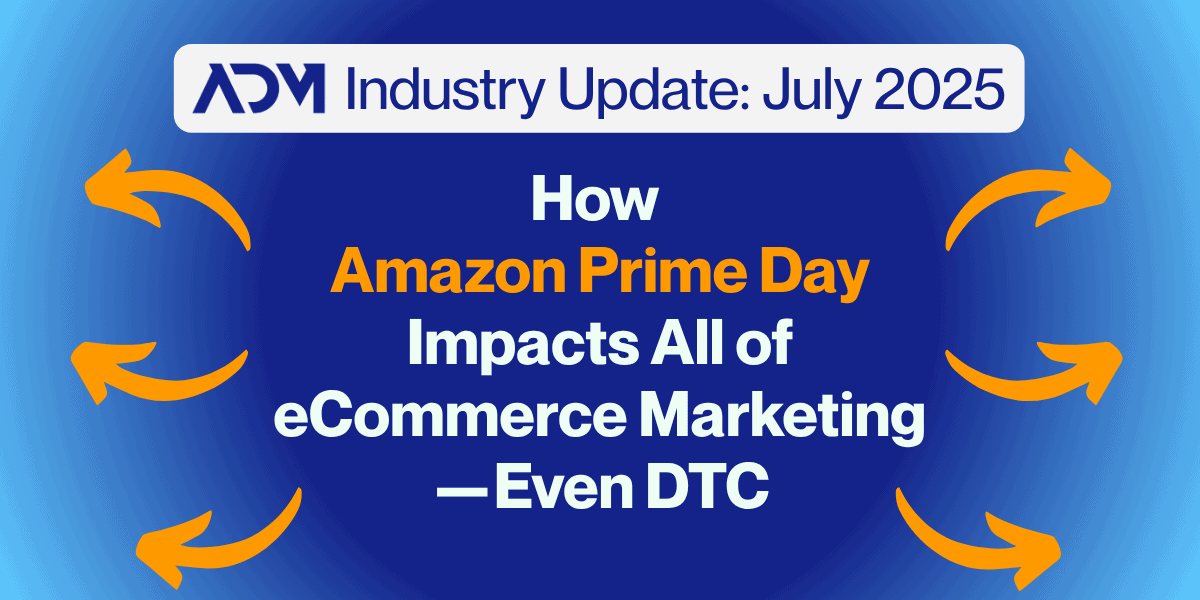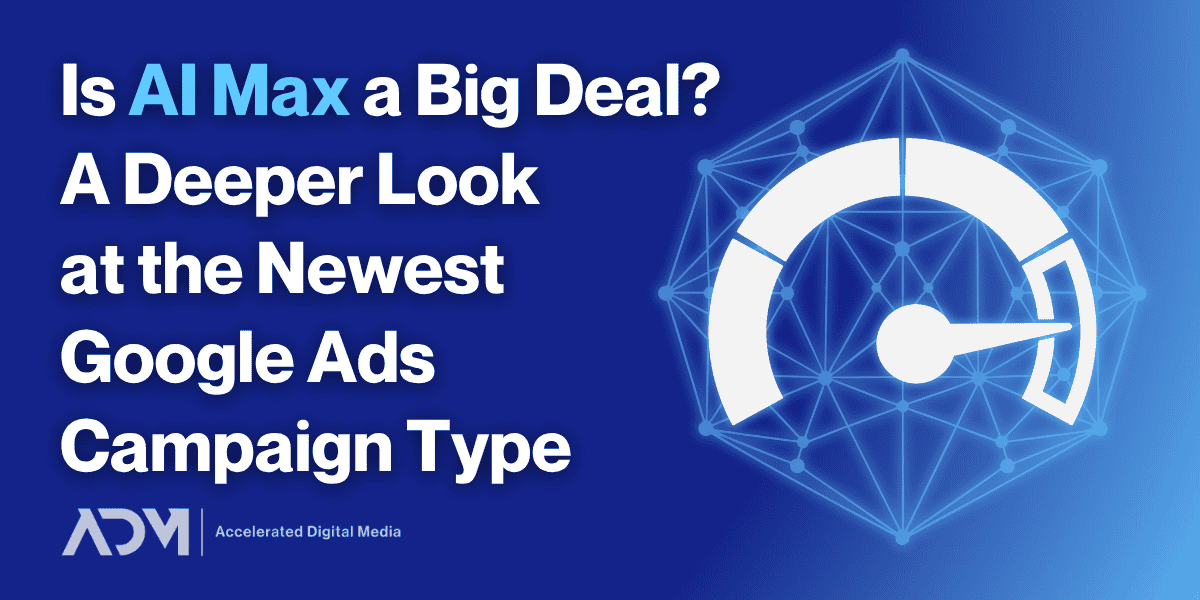When patients select health services, they do so by making a series of decisions about their care. What care will I pursue? Which provider will I see? and, most critically: How will I pay for treatment?
Patients procuring digital health services through insurance have different needs and tendencies than those who want to pay cash for treatment and care. So it’s important that direct-to-consumer (DTC) digital health brands market to each of these segments accordingly. Not only does this provide better access to care for your patients, but it will also boost your bottom line.
Segmenting Cash and Insurance Buyers Increases Patient Conversions
The percentage of patients seeking to purchase digital health services by paying with cash or insurance varies significantly across digital health brands. The services a brand offers and its audience demographics largely determine how they prioritize marketing to cash or insurance buyers, or both.
For example, some brands provide certain services or prescription medications that are far too costly for individuals to purchase without insurance. Other brands may not accept insurance at all, prioritizing the immediate revenue margins that cash-only payment provides. Whatever your patient acquisition model, building separate conversion events across all channels for cash and insurance buyers is essential.
Nurx: A Study in Conversion Events
When women’s telemedicine company Nurx approached ADM with the need to grow their insurance payment and cash-only conversions, we leveraged a powerful five-step strategy to meet their goals. Segmenting Nurx’s search engine marketing (SEM) efforts by cash and insurance buyers across all channels and each of their service lines captured critical growth for the company: a 46% annual increase in cash-only conversions and a 22% annual increase for non-insurance-based keyword conversions.
Here’s how we did it:
5 Steps to Segmenting Paid Search by Patient Buying Type
Segmentation is a golden rule of marketing. For digital health marketing, targeting your audience by buyer type helps you reach patients where they are and strategically share content most relevant to their decision-making process.
Begin by dividing your pool of potential patients into three buckets: insurance buyers; cash buyers; and not enough information to categorize. You now map unique patient buying journeys to your product for each group through five steps:
Support Separate Conversion Campaigns Through Keywords
Search intent for digital health is at its highest when a patient is in the lower part of the marketing funnel and considering the affordability of care. Create three separate keyword strategies to support segmentation accordingly:
Keywords indicating the patient has no insurance
Examples: without insurance, no insurance, cash, out of pocket
Keywords indicating the patient has insurance
Examples: with insurance, with [specific insurer’s name], covered by medical
Keywords with no indication about if a patient has insurance or not
You will also want to continue running campaigns around base keywords that speak to your services and do not give any indication about insurance or cash payment options. Example: teletherapy online
Address Pricing and Insurance Coverage in Ad Copy
Once you’ve targeted keywords that point patients toward insurance, cash-based, or general payment options, you need to share messaging relevant to each in the ads that populate your campaigns. For specific insurance or non-insurance ads, include pricing as appropriate:
Ads for patients whose search queries indicate no insurance
Focus on ad copy that highlights cash pricing, including actual numerical value where permissible.
Ads for patients whose search queries indicate insurance
Use ad copy with the language “Average copay of…” or “as little as….with insurance.”
Ads for patients whose search queries do not specify payment
Incorporate both above.
Optimize Your Bidding Strategies
After creating separate conversion events, there are a few ways you can use that data to optimize campaign bidding and budgeting. If you are utilizing an all-purchase event (both cash and insurance) as your primary conversion action, it’s still important to build columns in your reporting to look at cash and insurance purchases (and their respective cost-per-acquisitions) separately. This way you can still optimize bids and budgets for your respective campaigns.
For a more direct optimization approach, brands should optimize directly towards both cash and insurance events. By assigning each of these events a separate conversion value (like a lifetime value) and utilizing bid strategies that target return on ad spend (ROAS) will be able to optimize towards the event deemed most valuable.
Create Custom Landing Pages & Other Site Properties
While building dedicated landing pages takes a little more time and effort than simply directing your paid search traffic to pre-existing web or product pages, doing so pays dividends.
Tailor-made PPC landing pages typically yield much higher conversion rates, for simple reasons: These landing pages expand on whatever message originally caught the patient’s attention, and they’re tightly focused on getting the patient to convert. This can be especially effective for patients with search intent related to the affordability of services.
Landing pages for patients whose search inquiries prioritize cash payment
Headers on the landing page should include cost or mention of affordability. Content on the page should highlight various value propositions associated with paying via cash relevant to patients.
Landing pages for patients whose search queries indicate insurance payment
Content on the page should highlight insurance pricing and the patient-centric value propositions of seeking services with insurance payment. Displaying logos of the specific insurance brands accepted is highly effective, though this often requires approval from insurance providers. Search modules specific to insurance brands linked to the landing page also increase the likelihood a patient will enter your site’s checkout flow.
Landing pages for patients whose search queries do not specify payment
Incorporate both of the practices listed above into landing pages targeted for patients who do not specify purchase methodology. Be sure to include value propositions for your DTC digital health service.
Separate Conversion Events for Cash or Insurance Buyers
Separating how conversion events are reported per buyer segment allows for data-driven insight into how to further customize campaigns. Be aware that analytics practices in the digital health space are regulated per patient privacy protections. You will want to anonymize patient conversions in order to compliantly gather reports.
Segmentation is a Proven Method
The art of segmentation is vital to building a patient acquisition program. Whether your patients are paying with insurance or cash, speaking to them differently can widely affect how they hear — and respond — to your messaging. Trust ADM to understand your market and help you reach the right patients at the right time.




